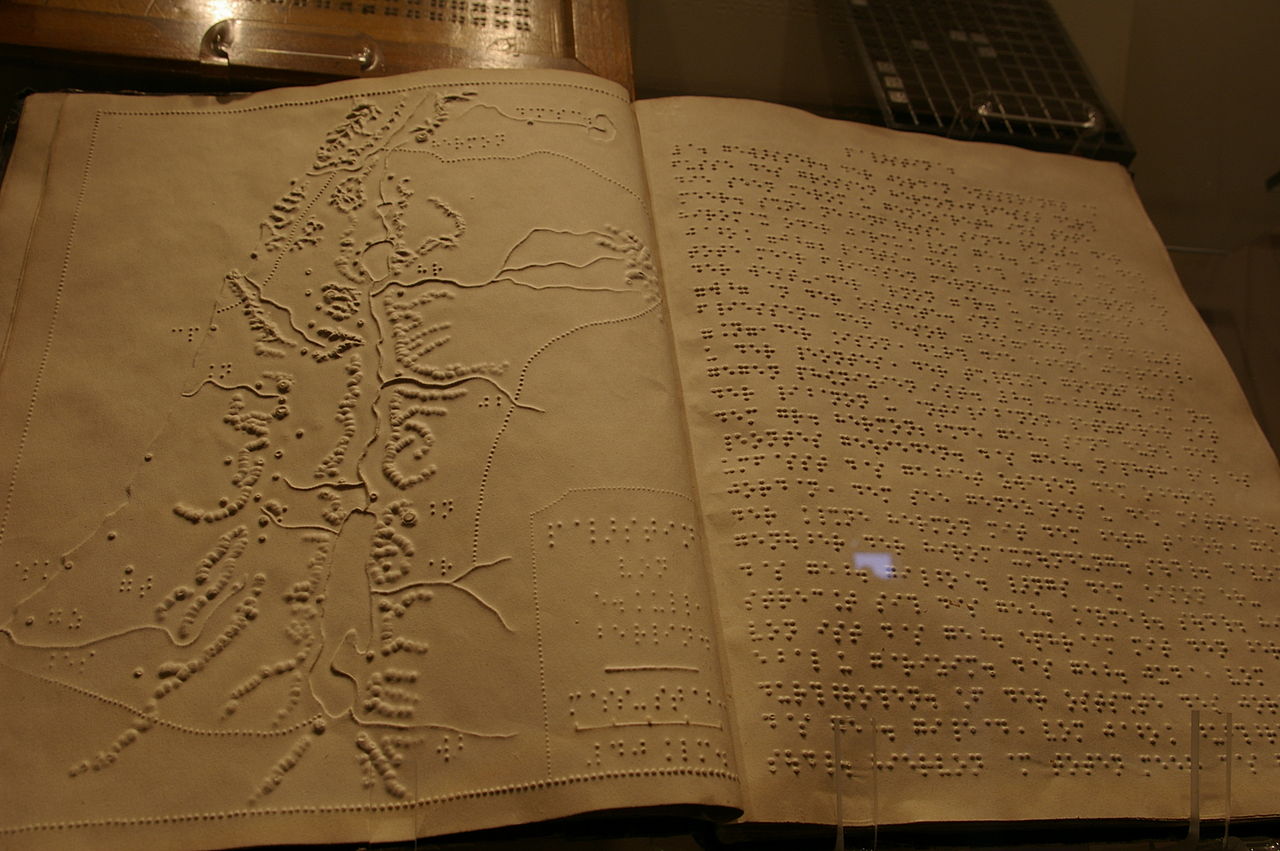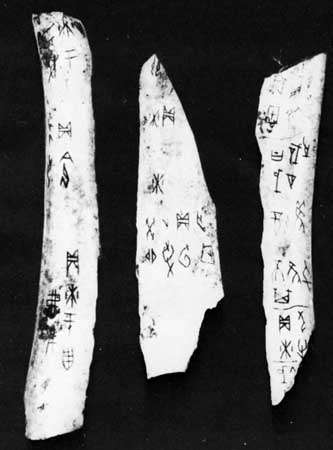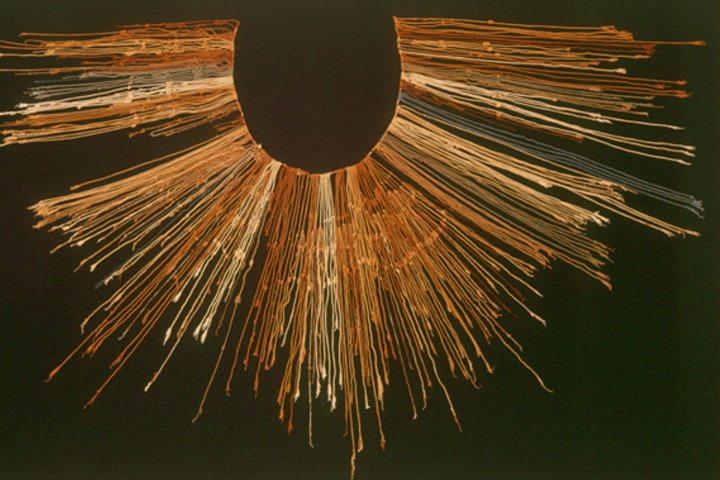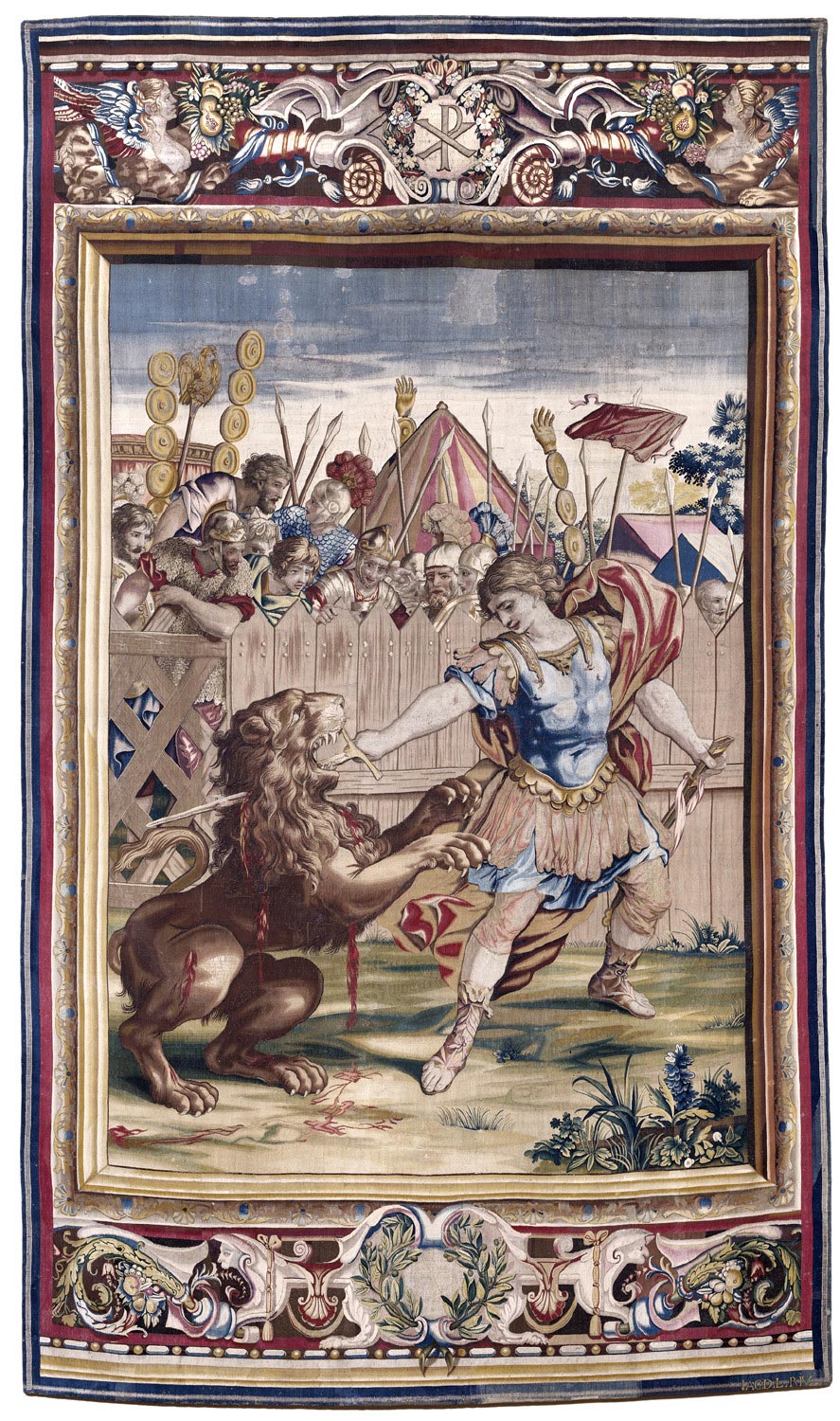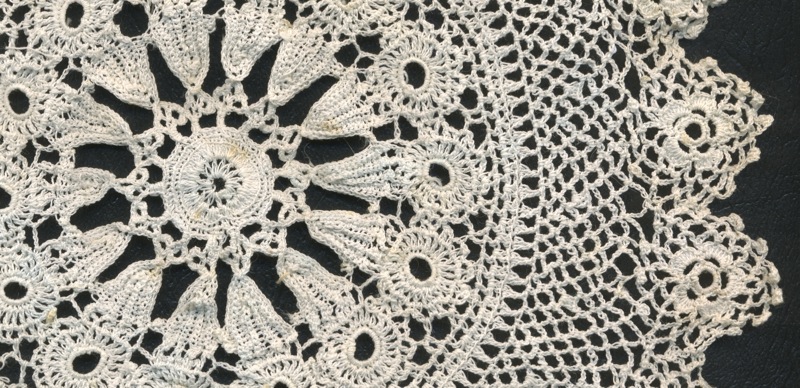Premise
The surface of my world cannot support life. The inhabitants of my world sustain themselves off troglophauna and aquifers. I'm leaving the mechanics of where energy comes from in this shadow-ecosystem out of scope (we can just assume it's geo-thermal or other source). I also have a evolutionary narrative as to how troglodytes can evolve into bipedal human-like creatures. This has freed up my inhabitants' hands to put pen to paper -- or rather chisel braille, since there is no light or bio-luminescence.
Now, I'm at the juncture in my world where I am to size the potential of such a race -- whether they can achieve some of the hallmarks of a civilization as we know it on Earth. At first, I thought: "Use braille! Wam, bam, super easy." And this may well have advanced the society a fair amount. After all, literacy among Earthlings in Medieval times was rather concentrated but still enabled the construction of cathedrals and other notable achievements. So it's easy to imagine a troglodytic analog of nobility/artisans along those lines: "those who hear the walls."
Yet on further consideration, the troglodytes may not be able to go beyond this. There are no trees nor similar input materials to serve as cheap materials to inscribe the braille onto. There is perhaps no exact Earth analog for this kind of obstacle, but I would hazard the situation to be comparable to an Earth without a printing press. In this way, knowledge and literature may serve as a key step towards being a full-fledged civilization, but at this juncture, it seems that the literature and depth of authorship will be very shallow.
Question
How can a troglodytic society democratize braille literature, given there are no trogloflora for cheap materials?
Further clarifications
- World is earth-like minus surface life
- No trogloflora
- There is troglophauna (but tend to be only used for sustenance, not that flush)


